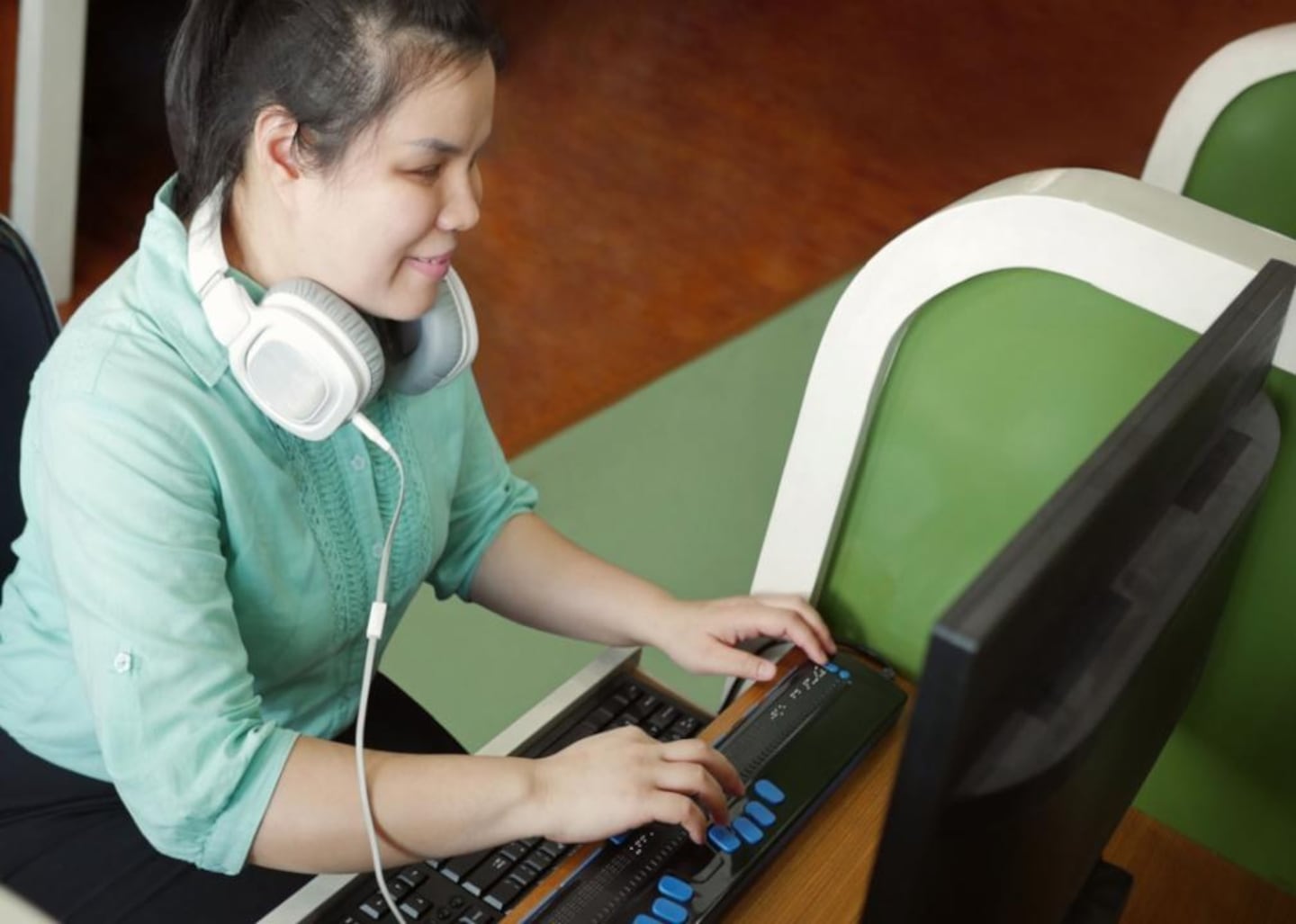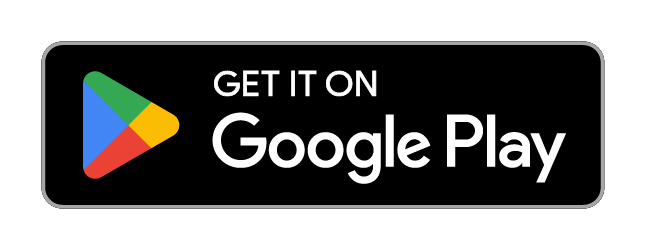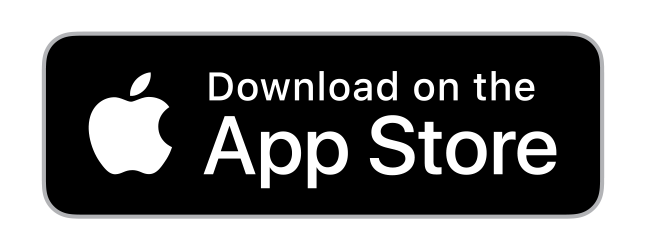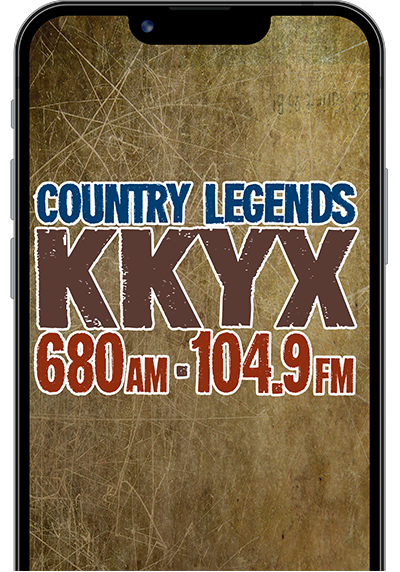An estimated 1.3 billion people worldwide experience significant disabilities, according to the World Health Organization. AI-powered tools are quickly becoming essential for creating more accessible workplaces, whether transcribing meetings and composing emails or describing images and converting voice to text.
In the United States, many of these innovations are helping companies meet the standards of the Americans with Disabilities Act of 1990, which requires employers to ensure accessibility in employment, transportation, public accommodations, and communication for employees.
However, the rapid rise of AI has also presented challenges, as many AI tools are far from perfect. Identified issues range from Slack messages deemed "robotic" to PDF summarization tools providing "completely incorrect answers" and AI programs introducing errrors when generating content. In a 2023 study from the University of Washington, researchers noted that generative AI could have a wide variety of uses related to improving accessibility, but found concerns around "verifiability, training data, ableism, and false promises."
To further understand what AI means for people with disabilities in the workplace, accessiBe looked at how businesses are using AI-driven models to increase accessibility and what limitations they still face.
Oliver Berg/picture alliance // Getty Images
AI is changing many aspects of the worker experience
From recruitment and onboarding to daily tasks like meetings and emails, AI technologies are helping companies become more productive and efficient while offering greater accessibility to people with disabilities.
In hiring, tools like Workable and hireEZ claim AI technologies help source candidates by analyzing profiles and matching them to job descriptions, saving time and improving accuracy. Others, like Pymetrics, a startup founded by a neuroscientist, are experimenting with AI-driven games designed to reduce unconscious bias and assess a candidate's skills objectively. (The startup has since been acquired by recruitment company Harver.) If successful, these advancements could potentially offer fairer hiring processes.
However, it's important to note that the technology's imperfections require continual human oversight in hiring processes. According to ADA's guidance released in May 2022, employers using AI-powered hiring technology without adequate human review could risk screening out qualified candidates, including those with disabilities.
Companies are also providing a broader set of accessibility products for workers with disabilities individually. For employees with vision impairments, apps like Microsoft's Seeing AI and Be My Eyes provide audio descriptions to help workers listen to text, identify objects, and recognize faces. Employees who are hard of hearing can use tools such as Google's Live Transcribe app and audio word processor Descript, which provides transcription of spoken conversations. Tools like NaturalReader convert written documents into audio formats, making information more accessible.
Many of these tools fall into the category of universal design, which is a way of creating spaces that anyone can use. "Universal design is the design and composition of an environment so that it can be accessed, understood and used to the greatest extent possible by all people regardless of their age, size, ability or disability," according to the Centre for Excellence in Universal Design. "This is not a special requirement for the benefit of only a minority of the population. It is a fundamental condition of good design."
Chansom Pantip // Shutterstock
AI tools can create more accessible experiences
One of the most important frontiers of accessibility has been online. By adhering to the Web Content Accessibility Guidelines issued by the World Wide Web Consortium, designers can create websites and web-based environments that can be accessed by everyone, regardless of ability.
In more practical terms, adhering to these standards will mean ensuring content has enough contrast so people with limited vision or colorblindness can read text. Adding "alt text" to images allows visual information to be shared with screen reader users, and captions on videos allow people who are deaf or hard of hearing to properly understand the information conveyed. It's also important to ensure people can navigate pages more easily.
New AI-driven tools are crucial for meeting these guidelines more efficiently and effectively. For instance, they can auto-generate captions, suggest alternative text for images, or flag insufficient contrast.
While these advancements make it easier for companies to comply with the guidelines, human oversight remains essential. For example, some of Google's AI-generated search result summaries have contained errors, which, when disseminated on websites, can misinform and harm users with disabilities. In 2023, researchers at Pennsylvania State University found that some AI models used to categorize large amounts of text exhibited biases against people with disabilities. These models tend to classify sentences as negative or "toxic" based on the presence of disability-related terms without regard for the context.
To address these problems, experts emphasize the importance of involving the user community—including those with disabilities—in all stages of AI development.
"AI data systems must be trained with diverse datasets that include representation of people with disabilities to minimize bias," the United Access Board, a governmental agency, advised during its 2024 Preliminary Findings on Artificial Intelligence. This should include a thorough evaluation of AI tools in the hiring process and for job-related activities "to identify potential discriminatory impacts on applicants and employees with disabilities."
The board also noted concerns about AI-powered surveillance tools known as "bossware technologies," which may not be correctly calibrated for employees with disabilities. This can be a problem if companies attempt to monitor things like employee fatigue or movement based on wearable technology that may not properly assess people with physical disabilities.
Ground Picture // Shutterstock
Realizing AI's potential hinges on acknowledging its limitations
Thousands of website owners have taken significant strides to meet accessibility standards since the 2010s, when the Americans with Disabilities Act required compliance for company domains. Yet as of 2023, 95.9% of online home pages still had WCAG compliance failures, according to WebAIM.
As with any new technological breakthrough, the initial excitement—and overpromise—for AI-driven tools to tackle these persistent compliance issues has led to closer examinations of their true potential and limitations. While many industry experts agree that AI can offer scalable and relatively affordable solutions to meet compliance standards, solely relying on AI-powered solutions will not result in the outcome legislators and social advocates strive for: Fully inclusive online experiences for people with disabilities. AI tools have helped make workplaces and the internet more accessible, but they have shown business owners that human involvement remains essential. But as more business owners implement more responsible oversight and inclusive design, unlocking AI's potential could mean that exponentially more workplaces and internet experiences become more accessible for all.
Story editing by Carren Jao. Additional editing by Elisa Huang. Copy editing by Sofía Jarrín. Photo selection by Lacy Kerrick.
This story originally appeared on accessiBe and was produced and distributed in partnership with Stacker Studio.










